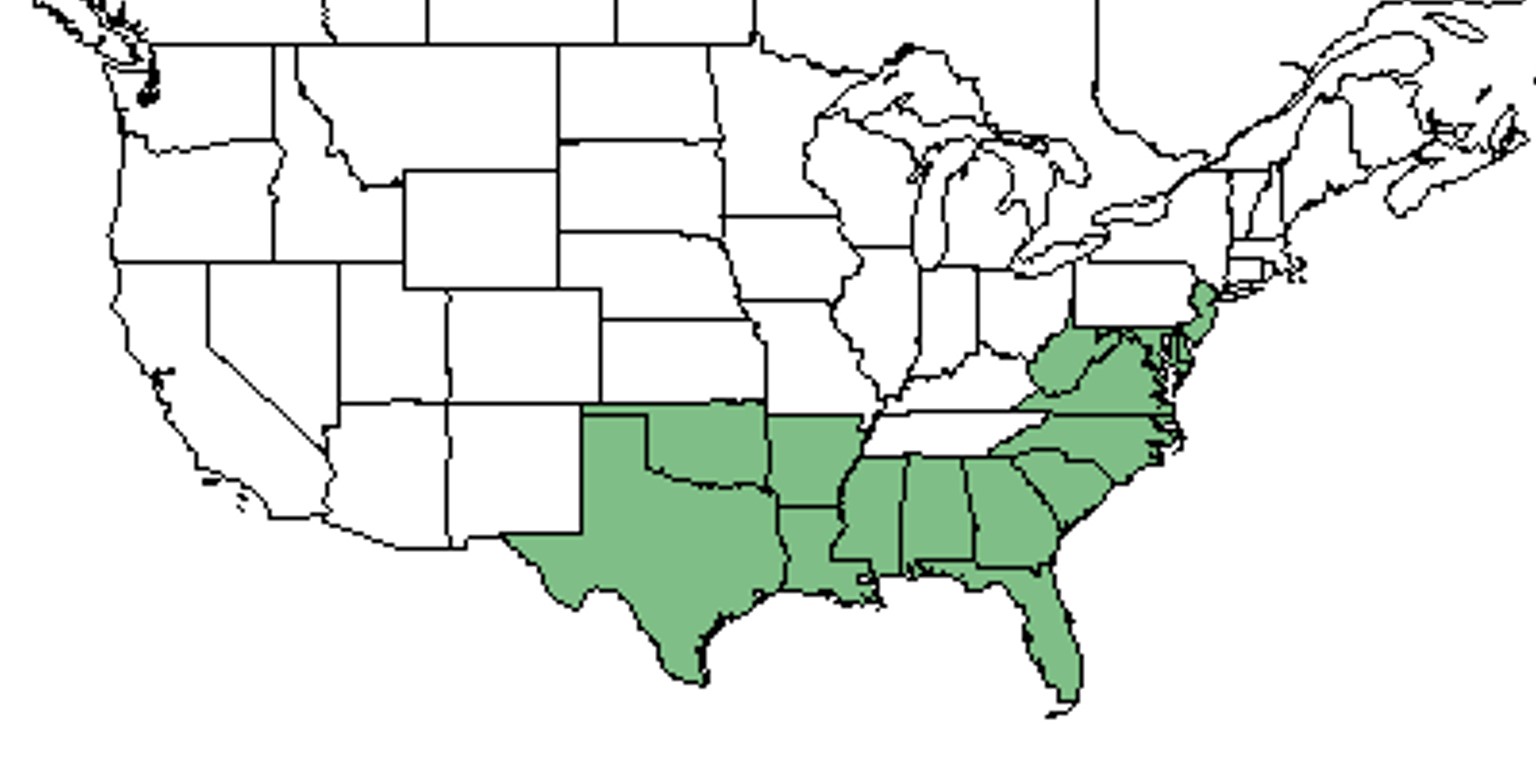Difference between revisions of "Morella cerifera"
| Line 21: | Line 21: | ||
Synonyms: ''Myrica cerifera'' L.; ''Morella pumila'' | Synonyms: ''Myrica cerifera'' L.; ''Morella pumila'' | ||
| + | ==Taxonomic notes== | ||
==Description== | ==Description== | ||
<!-- Basic life history facts such as annual/perrenial, monoecious/dioecious, root morphology, seed type, etc. --> | <!-- Basic life history facts such as annual/perrenial, monoecious/dioecious, root morphology, seed type, etc. --> | ||
Revision as of 15:26, 6 October 2015
| Morella cerfiera | |
|---|---|
Error creating thumbnail: Unable to save thumbnail to destination
| |
| Scientific classification | |
| Kingdom: | Plantae |
| Division: | Tracheophyta- Vascular plants |
| Class: | Magnoliopsida – Dicotyledons |
| Order: | Fagales |
| Family: | Myricaceae |
| Genus: | Morella |
| Species: | M. cerfiera |
| Binomial name | |
| Morella cerfiera (L.) Small | |

| |
| Natural range of Morella cerfiera from USDA NRCS Plants Database. | |
Common names: Waxmyrtle, Southern Bayberry
Synonyms: Myrica cerifera L.; Morella pumila
Contents
Taxonomic notes
Description
Distribution
Is found within the Coastal Plain and as far north as New Jersey (Weakley 2015).
Ecology
Habitat
Is naturally found in interdune swales, pocosins, brackish marshes, and other wet to moist habitats (Weakley 2015). Is widely planted as an ornamental or as a landscaping shrub (Weakley 2015).
Phenology
Flowers in April, and also from August to October (Weakley 2015).
Seed dispersal
Seed bank and germination
Fire ecology
Pollination
Use by animals
Diseases and parasites
Conservation and Management
Cultivation and restoration
Photo Gallery
References and notes
Weakley, Alan S. Flora of the Southern and Mid-Atlantic States: Working Draft of 21 May 2015. University of North Carolina Herbarium (NCU). PDF. 644.